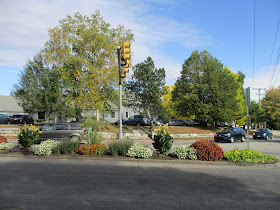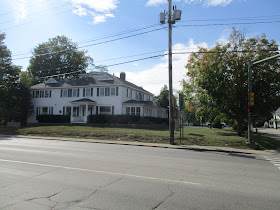Yesterday's Google doodle celebrates the 384th birthday of Antoni van Leeuwenhoek, commonly known at the "Father of Microbiology."
On Christmas Day 1841 Samuel Bemis "Bot of Widdiefield & Co" a (French) microscope and two "live box" type slides so he too could see the little "bugs" that Leeuwenhoek saw in his drops of water. (click on image to enlarge it).
To be honest we had a hard time figuring out the hand writing and had to search around to learn about the "live box." But the internet provided many clues to this mystery.
There is a Widdifield microscope of the period in Harvard's Collection that may be similar to the one Bemis purchased.
Over the years Bemis purchased many scientific items from this company in Boston including a telescope, thermometers, camera obscura, protractors, etc.
As we learn more about Bemis and as we sort, scan and transcribe his papers, we are finding that he was at the center of studying the White Mountains through science, art, fishing, hiking, mapping and so on.We will continue to explore that intersection of Bemis and White Mountain art, science and technology.
As always, for specific sources, or to learn more about the Samuel Bemis papers or the collection of the Conway Public Library's Henney History Room contact us. By the way, did you know that you can borrow a telescope or a microscope from the library just as you would a book or a film?


















